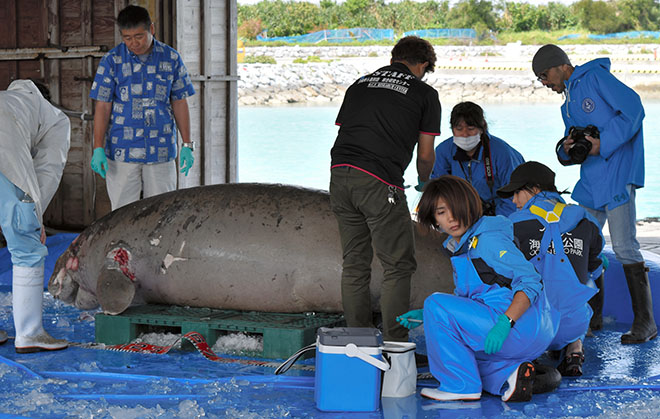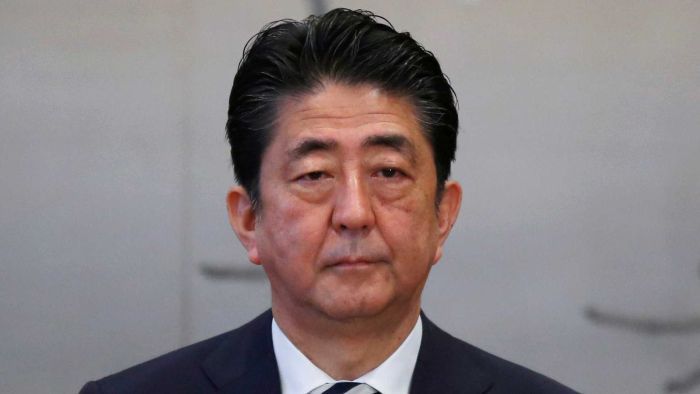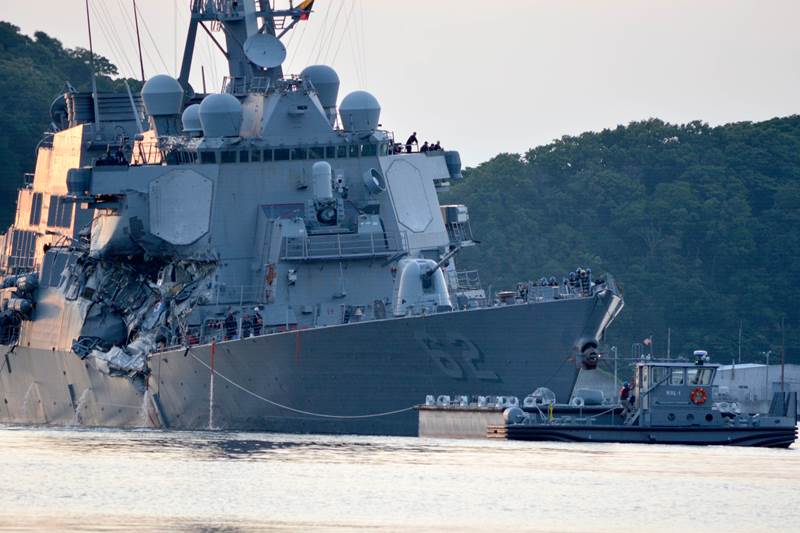Military deal with Japan to counter China’s might

Japan’s military could conduct exercises out of Darwin under a historic defence agreement being negotiated by Malcolm Turnbull and Shinzo Abe, as part of a multi-pronged strategy to counter China’s growing influence in the Indo-Pacific.
The wide-ranging agreement, which will also allow military equipment and ammunition to be transported far more easily between the countries, will be progressed during the Prime Minister’s trip to Tokyo next week, as Australia faces a growing row with China over government criticism of Beijing’s Pacific aid.
Mr Turnbull will arrive in Tokyo on Thursday to meet the Japanese Prime Minister, who has been keen to amend his country’s post-World War II constitution to give the military a more legitimate role on the world stage. The trip follows Mr Abe’s visit to Australia last year.
Australia and Japan have championed building up regional alliances — such as the revived Quadrilateral Security Dialogue between Japan, India, the USA and Australia — in the face of China’s increasing dominance in the region.
Mr Turnbull has said he and Mr Abe will discuss a new visiting forces agreement, a type of arrangement that Japan has with one other country — the USA.
Australian Strategic Policy Institute head Peter Jennings said he expected the deal would allow for Japanese forces to conduct exercises in Australia.
"I’d expect there’d be an opportunity for more army engagement, including, ironically enough, perhaps out at Darwin, maybe doing trilateral activities with the US marines there.”





